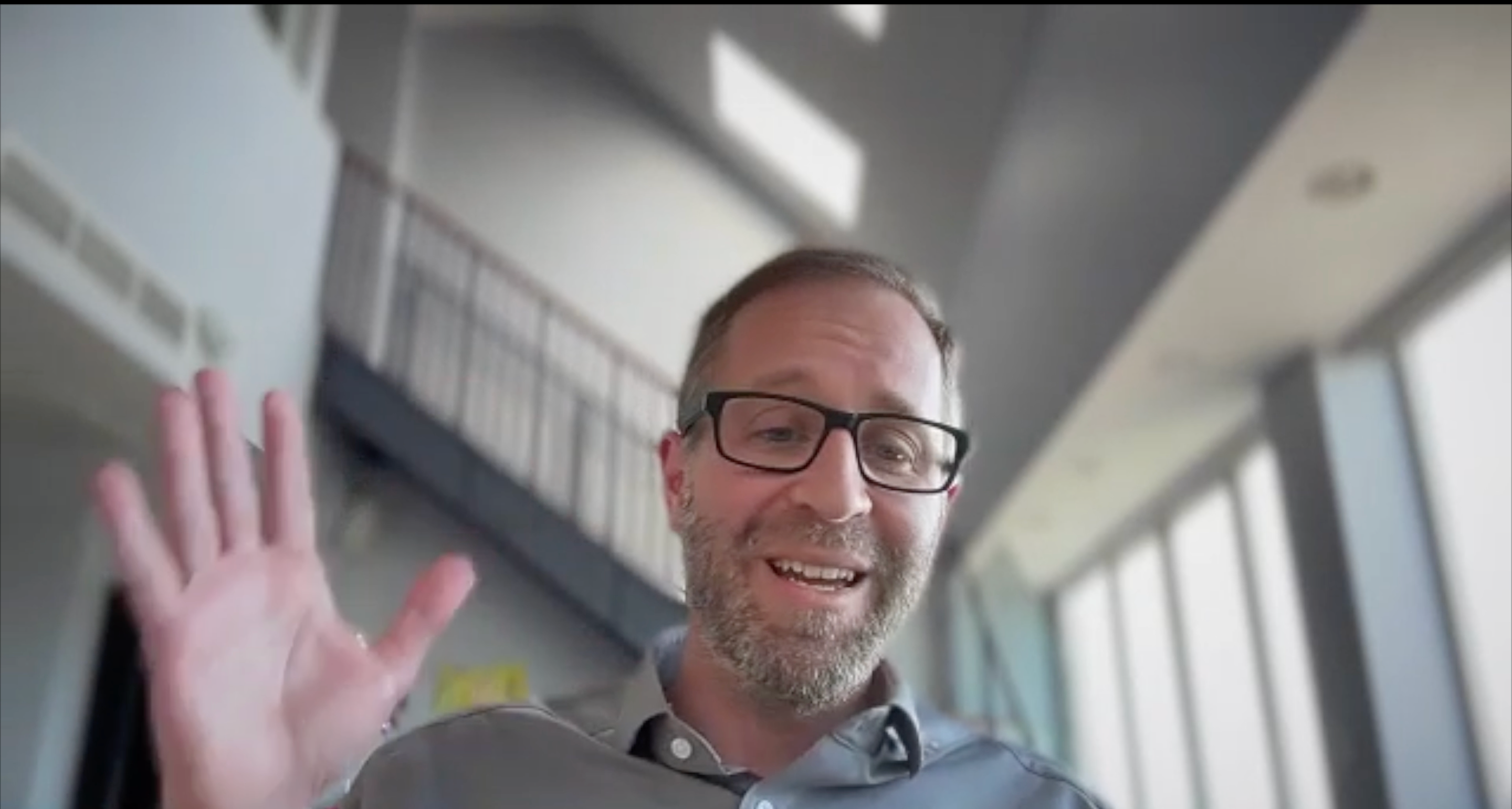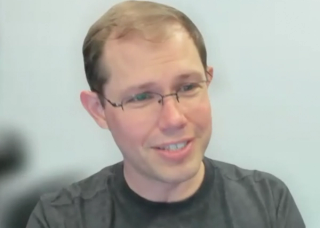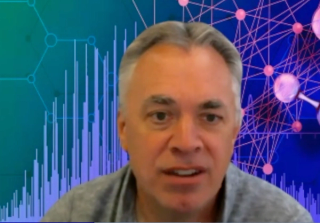
Spectroscopy Interviews
Latest News

Latest Videos
More News
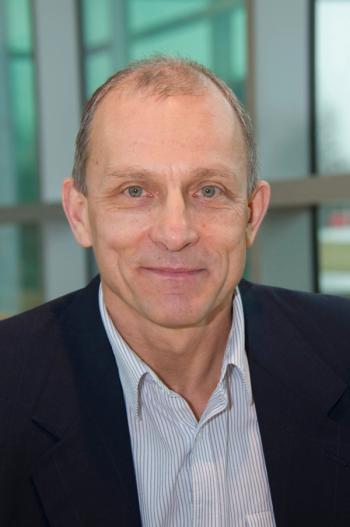
As part of "The Future of Forensic Analysis," executive editor Jerome Workman, Jr. sat down with Igor Lednev to discuss several of his recent papers related to his spectroscopic research in forensic analysis.

A joint French-Canadian study examined the ripening process of commercially popular Comté and cheddar cheeses, which are widely consumed in those countries, utilizing mid-infrared (mid-IR) and synchronous fluorescence spectroscopy (SFS) in their analysis.

A recent article authored by scientists from the Institute of Sport and Preventive Medicine, part of the University of Saarland (Saarbrücken, Germany), discusses their investigation of the absolute and relative test-retest reliability of the Moxy Monitor, as well as their investigations into side differences of oxygen saturation at the vastus lateralis muscle of both legs in male cyclists.
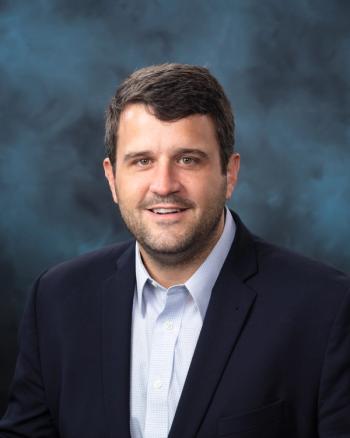
Spectroscopy Magazine sits down with Benjamin T. Manard of the Chemical Sciences Division at Oak Ridge National Laboratory (Oak Ridge, Tennessee), who will be receiving the Lester W. Strock Award, given by the New England Section of the Society for Applied Spectroscopy, this October.

In this interview, originally published in European Spectroscopy News 44 in 1982, Dave Briggs sat down with 1981 Nobel Prize winner Kai Manne Börje Siegbahn to discuss his career and work in spectroscopy.
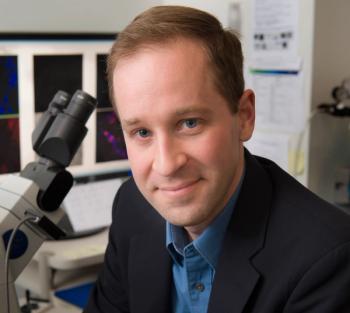
In this, the first of our 2024 SciX Award Winner interviews, Craver Award recipient Conor L. Evans of the Wellman Center for Photomedicine at Massachusetts General Hospital (Charlestown, Massachusetts) discusses his recently published study demonstrating sparse spectral sampling stimulated Raman scattering.
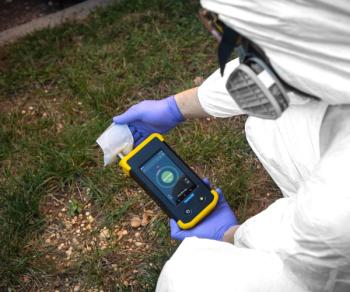
Metrohm has launched a website that details the use of portable Raman spectroscopy instrumentation to detect fentanyl, and other manufacturers are joining the battle too.
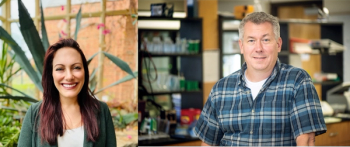
Spectroscopy sat down with Molly Lockart and Brad Pierce to discuss their group’s work with pulsed electron paramagnetic resonance (EPR) spectroscopy to improve our understanding of enzyme dysfunction and the mechanism of sulfur-oxidation.
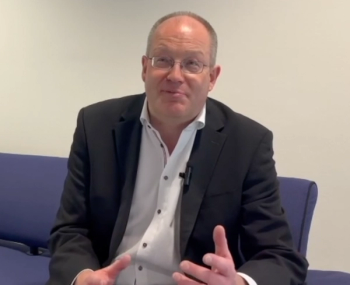
Uwe Karst of the University of Münster took time at Analytica 2024 to talk about the session he's chairing, as well as detail the future of imaging and other trends in analytical chemistry.
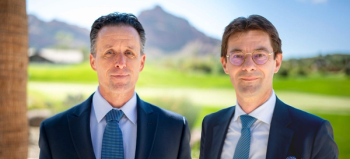
Spectroscopy spoke with the CEO and CCO of the instrument manufacturer PerkinElmer to discuss trends in the analytical and life sciences industry.

Dulasiri Amarasiriwardena, emeritus professor of chemistry at Hampshire College, Amherst, Massachusetts, and his team have been conducting research using laser ablation-inductively coupled plasma-mass spectrometry (LA-ICP-MS) to investigate trace metal nutrition and exposure to toxic metal(loid) pollutants by studying Andean mummy remains. We sat down with Prof. Amarasiriwardena to discuss his research.
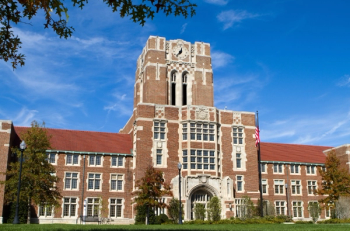
Tessa Calhoun, PhD, an associate professor of biochemistry & cellular and molecular biology and chemistry at the University of Tennessee – Knoxville, discusses her group’s most recent work employing the optical technique, second harmonic scattering (SHS), to probe how living bacterial membranes uptake and transport small molecules, including antibiotics.
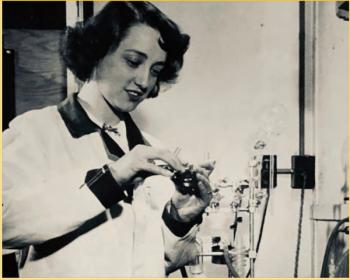
As one of the first renowned women spectroscopists, Craver broke down barriers in the field and is recognized for her work compiling reference libraries of spectra that set the foundation for modern infrared (IR) spectroscopy.
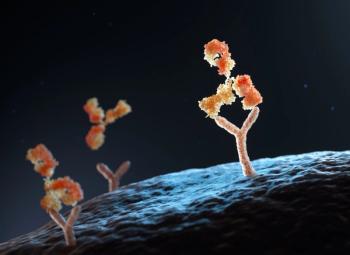
Narangerel Altangerel, Zhenhuan Yi, and Marlan Scully of Texas A&M University recently used TRIP to analyze eight protein–ligand systems. Spectroscopy recently spoke to these three researchers about their findings and what the implications are for high-throughput drug screening.

At SPIE Photonics West, Spectroscopy spoke with Ana Doblas of the University of Massachusetts, Dartmouth about artificial intelligence, deep learning, and their potential in microscopy.
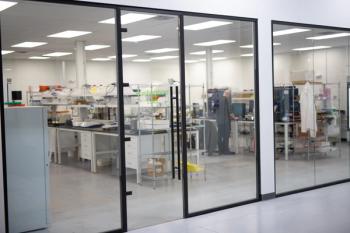
LCGC and Spectroscopy Editor Patrick Lavery spoke with Oligo Factory CEO Chris Boggess about the company’s recently attained compliance with Good Manufacturing Practice (GMP) International Conference on Harmonisation of Technical Requirements for Registration of Pharmaceuticals for Human Use (ICH) Expert Working Group (Q7) guidance and its distinction from Research Use Only (RUO) and International Organization for Standardization (ISO) 13485 designations.

At the Winter Conference on Plasma Spectrochemistry, Jacob Shelley of Rensselaer Polytechnic Institute sat down with Spectroscopy to talk about the latest work he and his group are conducting.

Miri Park of the Fraunhofer Institute for Environmental, Safety, and Energy Technologies is examining how Raman spectroscopy could aid non-destructive sensing in agricultural science. Recently, Park sat down with Spectroscopy to discuss micro-Raman spectroscopy's role in assessing crop quality, particularly secondary metabolites, across different contexts (in vitro, in vivo, and in situ), while suggesting future research for broader application possibilities.

In this edition of “Inside the Laboratory,” John Cottle, PhD, a professor of geology at the University of California, Santa Barbara, and a member of Spectroscopy’s Editorial Advisory Board, discusses his group’s most recent work using “laser ablation split steam” analysis to measure elemental concentrations and isotopic ratios in rocks and minerals.

At the Winter Conference on Plasma Spectrochemistry, John Burgener of Burgener Research spoke with us about his company's nebulizers and detailed his proudest achievement.
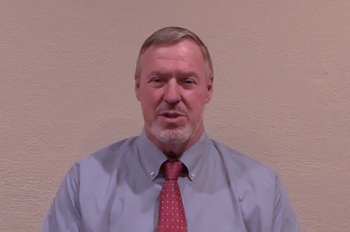
At the Winter Conference on Plasma Spectrochemistry, Spectroscopy sat down with Robert Jones to discuss how he used ICP-MS to advance the work of the Center for Disease Control (CDC).

At the Winter Conference on Plasma Spectrochemistry, Spectroscopy magazine sat down with John Burgener of Burgener Research Inc. to discuss his career in inductively coupled plasma (ICP) and the importance of accumulating various experiences during your career.

Spectroscopy spoke with researchers from the Columbia Climate School about how they are using stimulated Raman scattering microscopy to test for nanoplastics in water bottles.
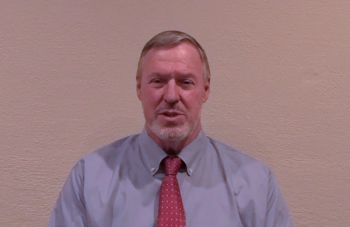
At the Winter Conference on Plasma Spectrochemistry, Spectroscopy sat down with Robert Jones to discuss his career at the Center for Disease Control (CDC), and how their ICP-MS laboratory helped advance the work of the CDC.
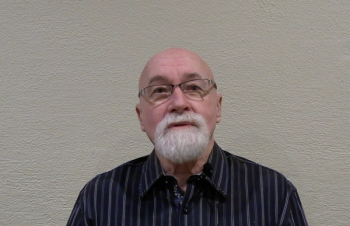
At the Winter Conference on Plasma Spectrochemistry, Spectroscopy magazine sat down with John Burgener of Burgener Research Inc. to discuss his career working with mass spectrometers, inductively coupled plasma (ICP), and developing the Burgener nebulizer.

